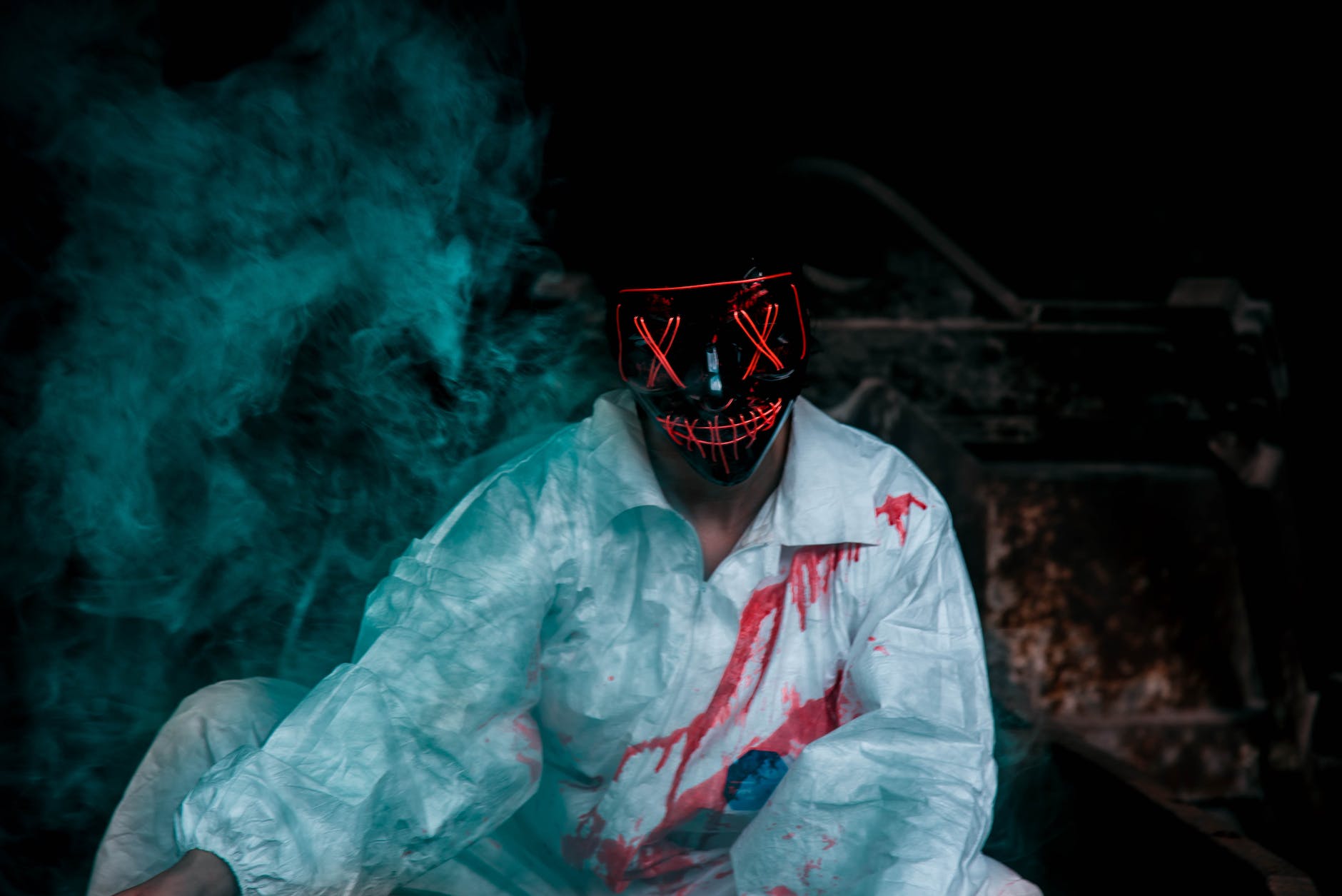Body:
Psychedelic art movements emerged as the visual voices of a revolutionary counterculture in the 1960s and the ongoing times. It influences music, fashion, and fine arts, causing a significant shift in the perception of consciousness through a flamboyant display of color and innovative depictions of reality.
Initially, the psychedelic movement drew inspiration from the brewing spiritual revolution, challenging societal norms, and advocating for an individual’s journey to self-discovery. A bridge to the unconscious, the psychedelic movement found synergies with surrealism, another art movement that sought to express the workings of the subconscious mind. Surrealism provided a pathway for the expression of illogical scenes and bizarre creatures in a semi-abstract style, which broke the conventional boundaries of reality and imagination.
Traversing the steps of revolution, they became an expression of ‘inner space.’ Explorers or psychonauts began to tap into these mediums to interpret, understand, and express the transcendental experiences invoked by the psychedelic substances. Such forms of art provided dialogues about the human ego, or rather the dissolution of it, and ventured the depths of human consciousness unexplored by the societal norms.
As the counterculture evolved, it embraced this fiery desire for transcendence and became fuel for the revolutionary art movements. Artists began to powerfully convey messages of unity and the interconnectivity of all beings. It wasn’t just about the aesthetically pleasing fusion of colors anymore; instead, the art started subtly touching the chords of spirituality and sought to transport the viewer to a state of expansion and synesthesia. This new breed of artists often labeled as “visionaries” expressed their visionary experiences, which included ethereal themes like celestial beings, sophisticatedly detailed geometric patterns, and masterfully portrayed landscapes of alternate realities.
A crucial surge within the psychedelic movement was led by artists like Android Jones, Amanda Sage, and Alex Grey. Grey’s work, especially, brought radical changes to the surrealistic depictions of the psychedelic movement by integrating spiritual aspects into his visuals. His intricate detailing of human anatomy fused with religious, spiritual, and scientific elements carved an exceptional junction for the spiritual and the psychedelic.
In the 21st century, the psychedelic art movement has continued to grow, encompassing digital mediums and 3D graphics. With the trajectory set towards technological advancements, the digital age has shaped the psychedelic movement into an interactive journey of self-realization and spirituality aided with a more immersive and virtual experience. Artists like Android Jones leverage digital tools to create mesmerizing ‘electronically infused’ psychedelic art, amplifying the trippy factor further.
Additionally, the psychedelic movement now marks its traces in architecture, interior designing, and even in tech-enabled clothes. Neon lit rooms with walls painted in a myriad of colours, cushions with hallucinatory graphic imprints, and dresses with digital prints of psychedelic patterns have become the trending new aesthetic.
The transition from traditional to digital mediums has not only brought more vibrancy and realism to the art but also has opened the gates to a wider audience. The elementary exclusionary nature of art galleries and exhibitions has been subtly blurred, making it accessible for anyone who wishes to embark on this voyage of visionary exploration.
Despite its influence originating and being deeply rooted within the counterculture, it’s safe to say that psychedelic art has ‘trip-ed’ its way into the mainstream culture. Continuing to evolve, this artistic revolution illuminates the inner workings of the human mind and consciousness like no other. It prompts us towards the path of transcendence, a path towards understanding the mysterious realms within ourselves.
From surrealism to visionary art, the journey of psychedelic art is a tale of compelling revolution. It knits a perfect fusion of the chaos and order that exists within every individual. This evolutionary tale promises to continue as long as humans desire to explore the universe within themselves, in their eternal pursuit of consciousness expansion and spiritual truth.
This is the evolution of Psychedelic Art Movements—an enduring chronicle of mind-bending creativity, spiritual exploration, and revolutionary ideas that transcend the spectrums of existence.








